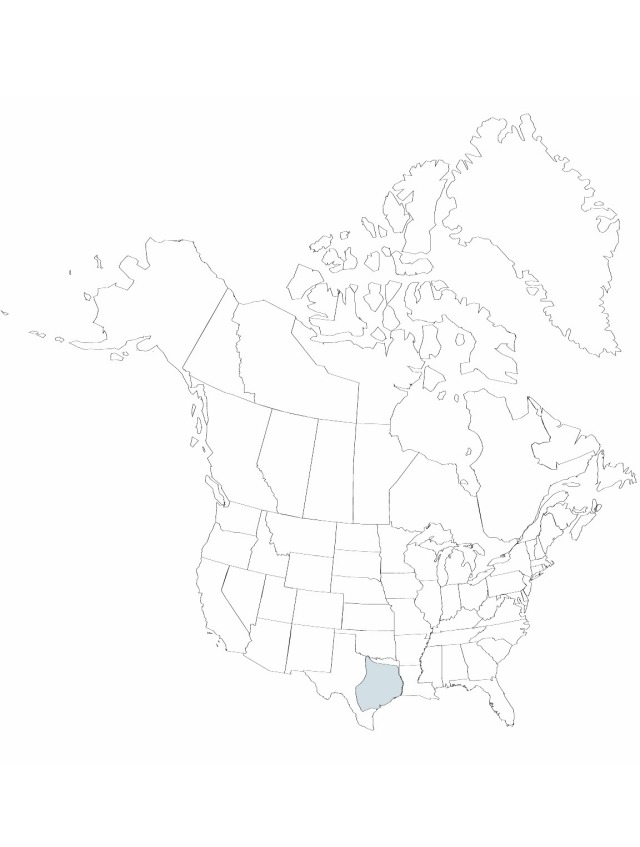Difference between revisions of "Tradescantia humilis"
Contributions from the U. S. National Herbarium 5: 204. 1899.
imported>Volume Importer |
imported>Volume Importer |
||
| Line 47: | Line 47: | ||
|publication year=1899 | |publication year=1899 | ||
|special status=Endemic | |special status=Endemic | ||
| − | |source xml=https:// | + | |source xml=https://bitbucket.org/aafc-mbb/fna-data-curation/src/2e0870ddd59836b60bcf96646a41e87ea5a5943a/coarse_grained_fna_xml/V22/V22_147.xml |
|genus=Tradescantia | |genus=Tradescantia | ||
|species=Tradescantia humilis | |species=Tradescantia humilis | ||
Latest revision as of 20:29, 5 November 2020
Herbs, erect or ascending, rarely rooting at nodes. Roots tuberous in part, not brownish-tomentose. Stems spreading, diffusely branched, particularly at base, 0.5–20(–45) cm, densely pubescent to glabrescent. Leaves somewhat recurved or falcate; blade deep green, or paler and somewhat glaucous, linear-lanceolate, 11–20 × 1–2 cm (distal leaf blades equal to or narrower than sheaths when sheaths opened, flattened), margins usually tinged with purple, crisped, puberulent to glabrescent. Inflorescences terminal, solitary, or more frequently also axillary and pedunculate from distal nodes; bracts foliaceous, similar to leaves in form, puberulent to glabrescent. Flowers distinctly pedicillate; pedicels 1.5–2.5 cm, puberulent or pilose with mixed glandular, eglandular hairs; sepals dull green or occasionally edged or suffused with purple, 9–11 mm, pubescent with mixed glandular, eglandular hairs; petals distinct, bright blue or occasionally pink, broadly ovate, not clawed, 11–19 mm; stamens free; filaments bearded. Capsules 6–7 mm. Seeds 2–3 mm; hilum as long as seed. 2n = 12.
Phenology: Flowering spring (Mar–Jun).
Habitat: Sandy and rocky soil, formerly also in rich black soil at the edge of the coastal plain, now more commonly in disturbed sites, such as roadsides, fencerows, and railroad rights-of-way
Discussion
Selected References
None.
